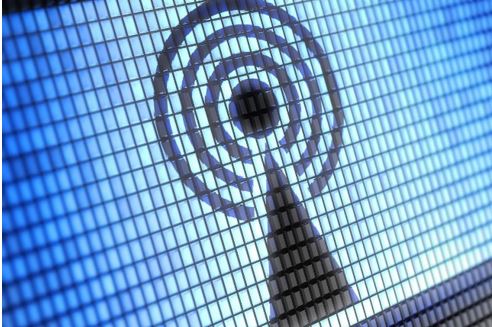|
March 2020
AutomatedBuildings.com
|
[an error occurred while processing this directive]
(Click
Message to Learn More)
|
The
Expanding Role of Wireless Sensors in the Built Environment
Wireless
sensors offer clear value and are leading us to evolve new practices
for using them to enhance building performance and efficiency, occupant
wellness and satisfaction, meet compliance requirements and manage risk.
|

Marc Petock
Chief Marketing & Communications Officer
Lynxspring,
Inc.
Contributing
Editor
|
Sensors
are not new in the built
environment. They have been around for quite some time. With sensors,
we can discover many incredible details, especially when we analyze the
different data points together.
Sensors for smart buildings will grow from
$313.2 million
in 2013 to $3.7 billion by 2020, according to a recent
study by NAVIGANT RESEARCH. As information and operational technologies
converge, sensors play a crucial role in facilitating intelligent
building solutions. They can provide actionable insight through
data-driven tools.

Presently,
there are a lot of advances
taking place. Advances in wireless, expansion in the types now
available, improvements in accuracy and increased modularity, all of
which are enabling us to enter a whole new sensor world
within our
buildings.
Wireless
connectivity expands sensor
capabilities by allowing easy connection to larger networks that can
increase the number of connected devices and enable more granular
control over building systems. The growing popularity of wireless
systems is attributed to factors including flexibility, lifecycle cost,
changing demands, and the expectations of occupants and facility
managers. Wireless sensors amplify the benefits of intelligent building
solutions because of their ease of connectivity and their strong
business case for both new, as well as retrofit projects over wired
systems due to labor and wiring costs.
The data collected from sensors can help
building managers identify cost-saving opportunities. For example, if
the lighting in one area is found to be operating at its maximum level
without dimming for extended periods, facility managers may choose to
install additional lights and increase dimming to boost reliability.
Some of the factors helping to drive wireless sensors’ use are
increased emphasis on occupant centricity in the workplace, the
movement toward healthier environments, better use of space,
scheduling, the need for real-time data at the edge.
Wireless
sensors can be configured to
measure a variety of variables. Overall, there are many different types
of applications that include remote monitoring, location monitoring,
temperature, lighting, plumbing, wastewater, power, gas and energy,
pressure monitoring, weather, IAQ and CO2. They are ideal across a wide
range of use cases—both new and retrofit buildings and equipment such
as:
- Restaurants
and Food Service
- Multi-Sites
- Data
Centers
- Office/Industrial
- Retail/Convenience
Stores
- Hotels/Hospitality
- Pharmaceuticals
- Medical
Clinics/Hospitals
- Agriculture/Greenhouses
- Parking
Garages
- Labs
- Universities/K-12
Schools
- Storage
Facilities
- Solar
- Equipment
such as rooftop units, air handlers, chillers, boilers,
refrigeration/freezers
Wireless
sensors serve a great purpose.
They may be small, sometimes almost invisible, but are becoming
essential ingredients within the built environment.
They are
creating new efficiencies that
positively impact how buildings and facilities are managed and
operated. Wireless sensors offer clear value and are leading us to
evolve new practices for using them to enhance building performance and
efficiency, occupant wellness and satisfaction, meet compliance
requirements and manage risk.
footer
[an error occurred while processing this directive]
[Click Banner To Learn More]
[Home Page] [The
Automator] [About] [Subscribe
] [Contact
Us]